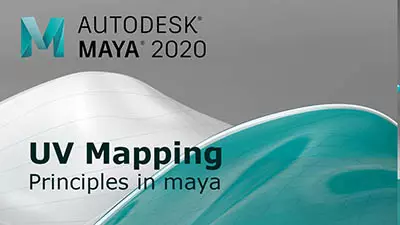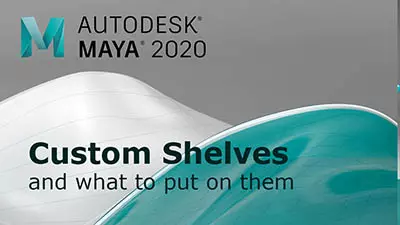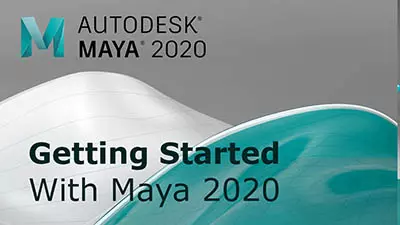Join Date: Mar 2012
Complex Mesh, (Vertices)
I'm currently working on a model and have run into an issue, in the picture attached shows my problem, I want to attach one piece to the other, my problem is however that one of the pieces has 20 vertices along its edges which i need to join onto something so i can maintain clean geometry on my mesh, I don't want to just 'combine' the two objects without connecting any vertices to each other as I think that's bad practice and will ruin the geometry, I also don't want to stick in a load of edge loops on the other object just so I create free vertice's to attach it onto, just wondering if anyone knows a technique or way around this that I could use? Any help is much appreciated
Ever Try, Ever Fail, No Matter. Try Again, Fail Again, Fail Better.
If one surface has more edges then the other then you have to either reduce the number of edges on one or increase the number of edges on the other. It is that simple. One option, if you intend to smooth, is to smooth the object with fewer edges 1 or 2 times to get a closer match to the mating piece.
You can use some tricks like 3-into-1 where you can converge three edges into one and delete the middle edge leaving all quads but this is used mainly when a surface is becoming narrower and you need to reduce geometry.
Or you can try to isolate geometry of connecting parts. You have to ask yourself the question would that pipe geometry simply grow out of the surface you are wanting to unify it with in the real world? How would the pipe be attached or removed?
I cannot see all your geometry so I cannot really say what to do, but you want to build things in assemblies that mimic the way they would be built in reality.
A car engine, for instance, is not farted out of a magic machine in a single piece. What you want to do in hard surface applications is isolate connecting geometry so you can match edges and not have to carry unnecessary edges all through your model. Sometimes you can do this the way it's done in the real part and sometimes you have to make it up.
Unfortunately, in some cases you just have to stick parts into other parts.
"If I have seen further it is by standing on the shoulders of giants." Sir Isaac Newton, 1675
Last edited by ctbram; 06-09-2012 at 11:04 PM.
What you said there Rick is to true some time you can combine parts at other it would make life hell to do so..............daveIf you want to unify the geometry, and that is what you are describing, then the number of edges must match.
If one surface has more edges then the other then you have to either reduce the number of edges on one or increase the number of edges on the other. It is that simple. One option, if you intend to smooth, is to smooth the object with fewer edges 1 or 2 times to get a closer match to the mating piece.
You can use some tricks like 3-into-1 where you can converge three edges into one and delete the middle edge leaving all quads but this is used mainly when a surface is becoming narrower and you need to reduce geometry.
Or you can try to isolate geometry of connecting parts. You have to ask yourself the question would that pipe geometry simply grow out of the surface you are wanting to unify it with in the real world? How would the pipe be attached or removed?
I cannot see all your geometry so I cannot really say what to do, but you want to build things in assemblies that mimic the way they would be built in reality.
A car engine, for instance, is not farted out of a magic machine in a single piece. What you want to do in hard surface applications is isolate connecting geometry so you can match edges and not have to carry unnecessary edges all through your model. Sometimes you can do this the way it's done in the real part and sometimes you have to make it up.
Unfortunately, in some cases you just have to stick parts into other parts.

Avatar Challenge Winner 2010









